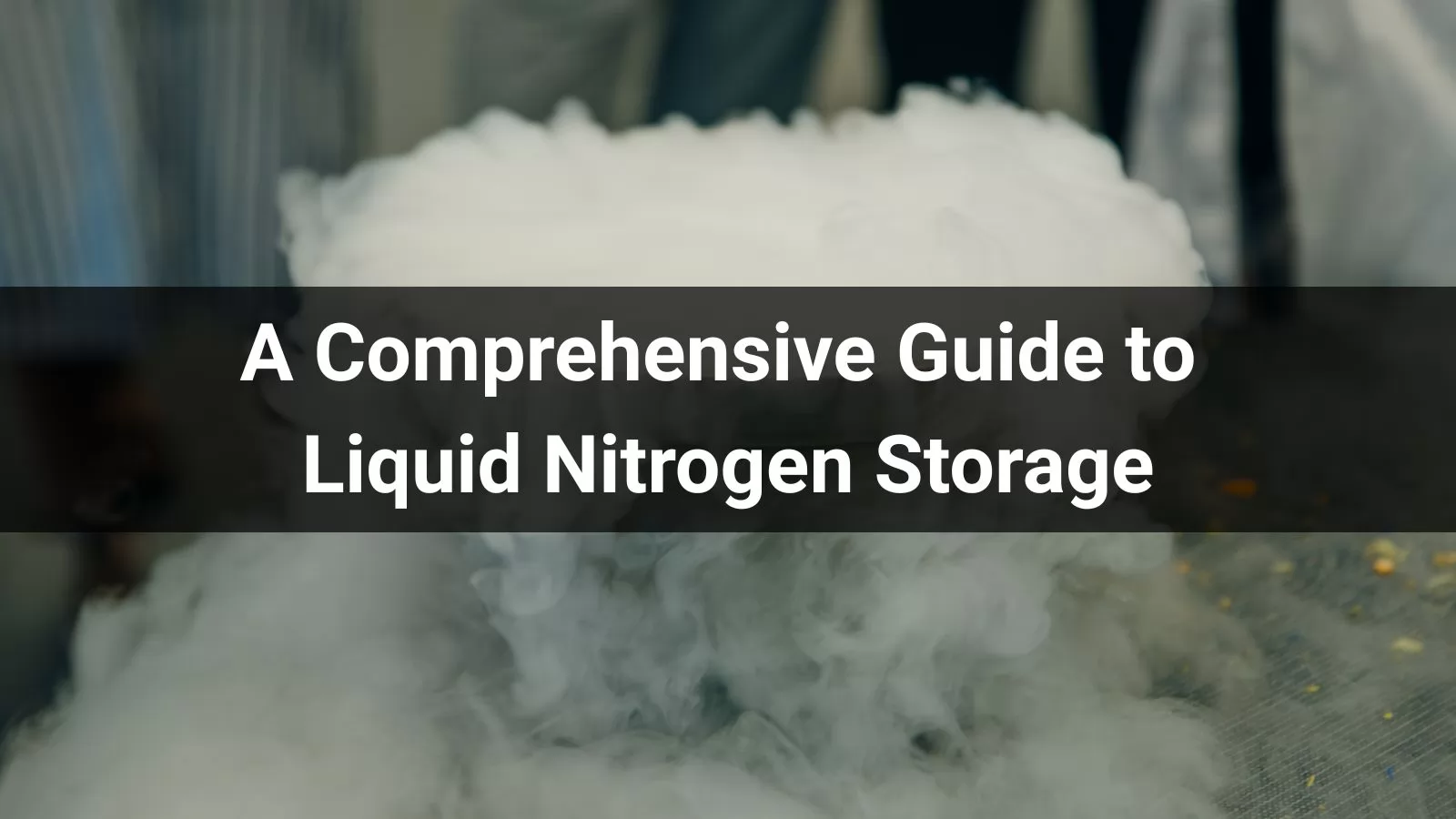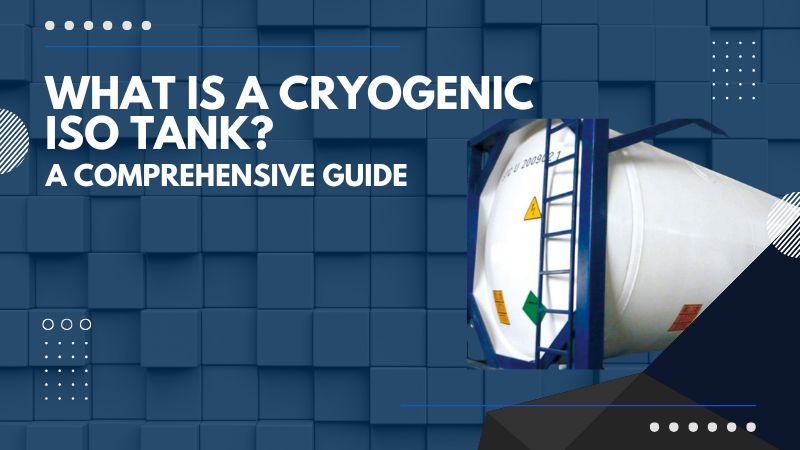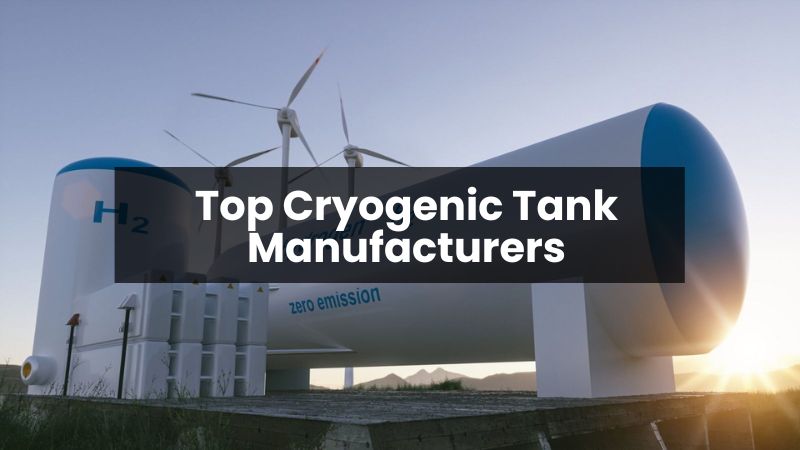






Liquid nitrogen (LN₂) plays a vital role across a wide range of industries, from medical research and food preservation to semiconductor manufacturing and cryobiology. However, storing it safely and efficiently requires precision-engineered equipment, strict safety protocols, and in-depth understanding of its properties. This guide explores the complete landscape of liquid nitrogen storage—from the basics to cutting-edge solutions.
Liquid nitrogen is nitrogen in a liquid state at an extremely low temperature of -196°C (-321°F). At atmospheric pressure, it boils rapidly, making it both useful and dangerous if mishandled. Its cryogenic nature demands specialized storage infrastructure to ensure thermal insulation, pressure stability, and containment integrity.
Liquid nitrogen storage isn't a one-size-fits-all solution. Here are the primary storage systems used:
If you're sourcing premium-grade cryogenic tanks or LN2 dewars, ensure they meet ASME and CE certifications for operational safety.
Liquid nitrogen storage systems function through three core principles:
Improper handling of LN₂ can result in burns, asphyxiation, or even explosion due to rapid gas expansion. Consider these protocols essential:
For labs and industrial facilities, installing an oxygen depletion monitoring system is recommended for added safety.
LN₂ storage systems are tailored to various use cases, including:
When choosing a liquid nitrogen storage solution, prioritize these factors:
High-end systems often come with cryogenic automation solutions to streamline logistics and reduce manual error.
The future of LN₂ storage is heading toward smarter, safer, and more efficient designs. Innovations such as AI-powered predictive maintenance and cloud-based temperature tracking are shaping a new era in cryogenic logistics.
Whether you're managing a research facility, running a fertility clinic, or involved in precision manufacturing, proper liquid nitrogen storage is non-negotiable. Invest in certified systems, train your personnel, and work with reliable suppliers who understand the technical nuances of cryogenic materials.
Explore our full catalog of liquid nitrogen storage solutions designed for modern performance and safety.

![Top 10 LNG Tank Manufacturers Worldwide[2025 Updated]](/statics/images/right.png)
![Top 10 LNG Tank Manufacturers Worldwide[2025 Updated]](/uploads/202506/CryoTech-banner-1-_1750490922_WNo_800d450.jpg)





